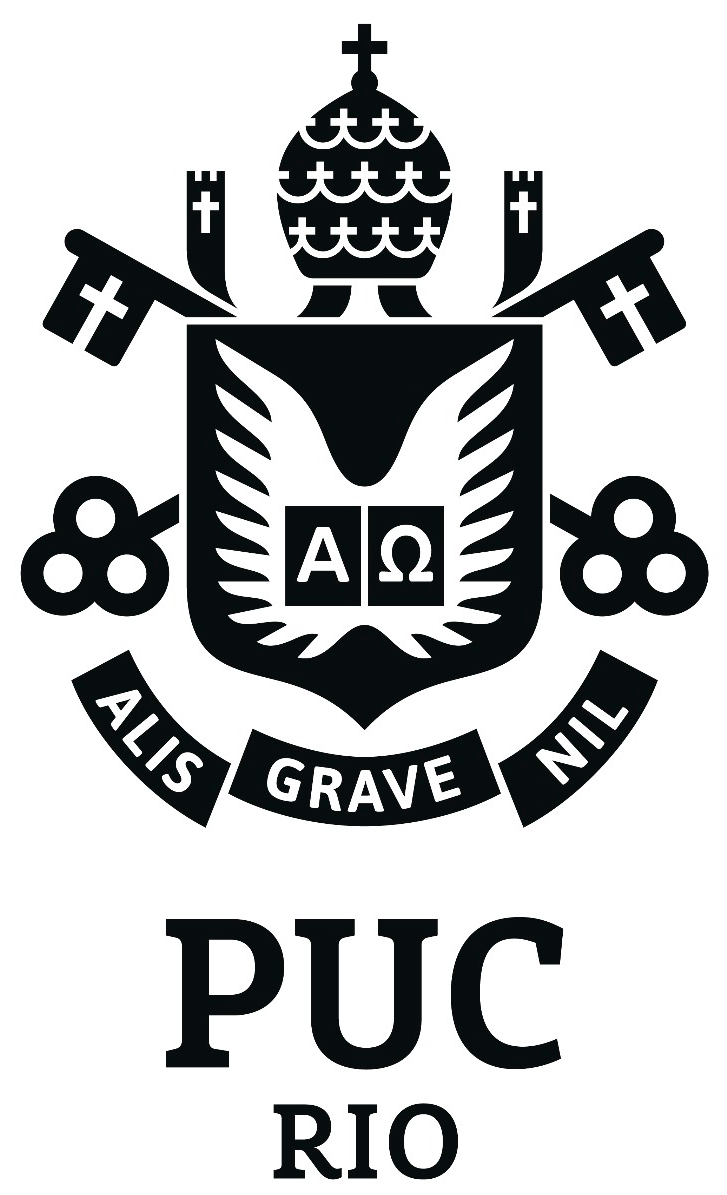The Persistent Effects of a False News Shock
Journal of Empirical Finance, v. 18, p. 597-615, 2011
Carlos Viana de Carvalho.
Acesse o artigoIn September 2008, a six-year-old article about the 2002 bankruptcy of United Airlines' parent company resurfaced on the Internet and was mistakenly believed to be reporting a new bankruptcy filing by the company. This episode caused the company's stock price to drop by as much as 76% in just a few minutes, before NASDAQ halted trading. After the “news” had been identified as false, the stock price rebounded, but still ended the day 11.2% below the previous close. We explore this natural experiment by using a simple asset-pricing model to study the aftermath of this false news shock. We find that, after three trading sessions, the company's stock was still trading below the two-standard-deviation band implied by the model and that it returned to within one standard deviation only during the sixth trading session. On the seventh day after the episode, the stock was trading at the level predicted by the asset-pricing model. We investigate several potential explanations for this finding, but fail to find empirical evidence supporting any of them. We also document that the false news shock had a persistent negative effect on the stock prices of other major airline companies. This is consistent with the view that contagion effects would have dominated competitive effects had the bankruptcy actually taken place.
Veja também
The Value of Health Insurance: A Household Job Search Approach ( a sair)
Journal of Labor Economics, 2025
Gabriela Conti, Renata Narita, Rita Ginja.
Targeting in Adaptive Networks
Journal of Economic Theory, v. 228, 2025
Timo Hiller.
Tradeoffs and synergies for agriculture and environmental outcomes in the tropics (a sair)
Review of Environmental Economics and Policy, 2025
Fanny Moffette, Jennifer Alix-Garcia, Juliano Assunção, Prakash Mishra, Teevrat Garg.

